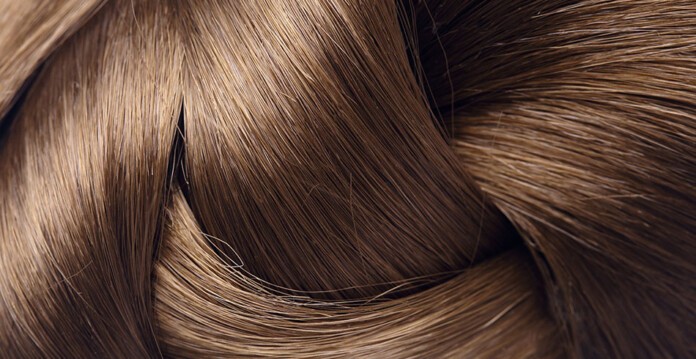A Charles Sturt University research team has unlocked the power of human hair as the key ingredient to develop sustainable energy storage solutions and eliminate biowaste.
Research Fellow in the Charles Sturt University Rural Health and Research Institute, Dr Amandeep Singh Pannu, working with Professor Muhammad J A Shiddiky, has discovered how to turn human hair into graphite to then be used in lithium-ion batteries.
“There is an ever-rising demand for more energy production and countries are trying to switch to renewable sources,” Dr Singh said.
“However, to make that switch, one needs sustainable ways to store such energy, and hence there is an urgent need to manufacture high-energy density storage materials in a sustainable manner.
“Graphite is a key material used as a negative terminal for lithium-ion batteries and its production is concentrated in a few countries, causing the material to suffer from supply chain and geo-political issues which affect the whole energy storage industry down-stream.”
Dr Singh added that producing graphite in a sustainable way from waste on demand, and locally in Australia, will hugely benefit our national energy sector.
Additionally, as the demand for electric and hybrid vehicles increases, the need for lithium-ion batteries follows. However, Dr Singh said producing graphite to be used in these batteries can be polluting, requiring harsh chemicals, such as Hydrofluoric acid (HF).
“One eco-friendly, carbon-rich source that is abundant and readily available everywhere is human hair,” he said.

“It’s an incredibly clean source right through the entire process with very minimal pollutants or negative outputs.”
Sustainable Salons, a for-purpose organisation dedicated to diverting salon waste from landfill, collects hair clippings from salons and pet groomers across Australia and New Zealand.
Since 2020, Sustainable Salons co-founder Paul Frasca has been supplying hair clippings for Dr Singh to conduct his research.
“We envision a future where hair transcends its conventional status as waste and emerges as a sustainable resource of immense potential,” Frasca said.
“What sets hair apart is that it is an infinite resource—hair is constantly growing!
“The prospect of harnessing hair to power our electric vehicles demonstrates that a sustainable future is limitless when we embrace the circular economy.”
Using human hair as a form of sustainable energy has already been proven effective in Dr Singh’s prior research, where it was transformed into hair-derived carbon dots.
“We have essentially been able to fabricate flexible light-emitting diodes (LEDs), which are used in so many technological products today, but instead of heavy metals the active material is ingeniously derived from discarded strands of human hair,” he said.
“This could totally revolutionise how we achieve emission reduction goals in the future.”
Further information on the research can be found here.







